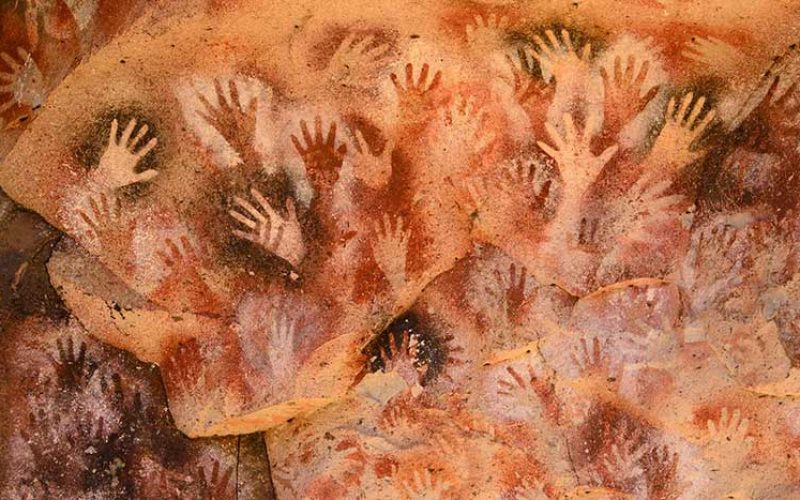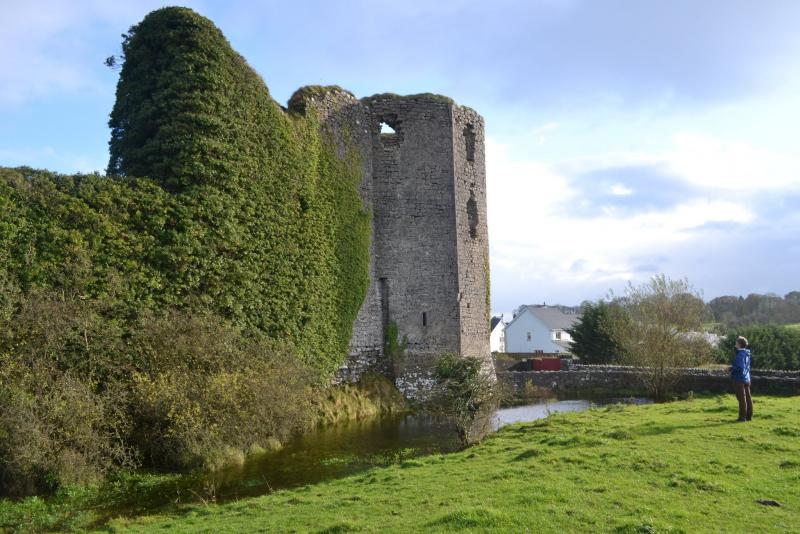I spent a glorious decade as a late-blooming archaeologist. In my 30s, after a string of soul-sucking jobs, I applied to UCLA’s Anthropology Department as an undergraduate. I graduated with an M.A. in Archaeology at age 36.
It’s almost impossible to make a living as a “shovel bum,” so I planned to get my Ph.D. and go into teaching. But a recession booted me back into corporate and my life careened down a different path. (Here’s the whole story if you’re curious.)
My most illuminating discovery—archaeology makes for a beautiful passion but a lousy career. It’s rife with academic politics and favoritism, and the demand to “publish or perish” can be depressingly tedious.
But fieldwork, that’s another story. It’s the thrill you feel when you imagine archaeology. Anyone can do fieldwork. Most digs are underfunded and will take volunteers who pay their way. Digital and satellite researchers also need help.
Next up are a few Later Bloomers who’ve helped make a difference in archaeology and suggestions for how you can get involved!
The 64-Year-Old Mayan Hieroglyphics Expert
At age 45, Helen Alexander took her first archaeological vacation in Copán, Honduras. Under supervision, she cataloged and photographed stone fragments that had crumbled from 1,000-year-old Mayan buildings adorned with hieroglyphs.
Helen became so intrigued by the Mayan culture, she returned for years. By age 64, she’d become a recognized expert on Copán mosaics and related archaeology, including the God K, deity of lightning.
The 91-Year-Old Space Archaeologist
One night in 2017, Doris Mae Jones, age 91, tuned into The Late Show with Steven Colbert. Colbert introduced archaeologist Sarah Parcak, who discovered seventeen Egyptian pyramids via satellite imagery.
Sarah needed a huge amount of assistance to analyze her backlog of global satellite images. The task seemed herculean. Then she received a TED grant to create GlobalXplorer, a site that uses “armchair” enthusiasts to find archaeological sites.
When Doris heard Sara’s call for volunteers, she went all in. “It’s all our history, we’re all here on this little ball of dirt.” After just one year, GlobalXplorer awarded Doris “Space Archaeologist” status for her evaluation of 50,000 satellite tiles. Doris searched the images in the evenings from her comfy chair with “a cat or two in my lap.”
GlobalXplorer is currently on hiatus, but you can discover more about their work here.
Ways You Can Get Involved in Archaeology
The following suggestions are biased toward the British Isles because that’s where I I trained. But a few searches out from these links will take you down more rabbit holes than you knew existed!
International Field Schools (including the U.S.)
Fields schools teach you the basics of archaeological method and theory. They last from one week to a whole month. Here are two organizations that catalog field schools all over the world:
- Past Horizons
- The Archaeological Institute of America (make sure to view the map in full screen)
Two cautions:
- Field schools can be expensive. The fee usually covers onsite expenses but you often enroll through a university, so tuition and/or a research donation can factor in.
- Due to COVID, most field schools canceled their 2020 offerings. But researchers have begun planning their 2021 excavations, so keep an eye on the deadlines.
Irish Archaeology at Ballintober Castle is a typical project. It runs from July 3-30, 2021 and you attend the full session. It costs $3,550 not including airfare. At around $900/week including food, lodging, and instruction, it’s actually a great vacation deal!
Field Opportunities in the British Isles
Current Archaeology is “the UK’s only independent consumer magazine aimed at the archaeology enthusiast,” so they list more short-term volunteer positions. If you’re considering a British Isles’ holiday next year, you could definitely coordinate it with a dig!
One I hope returns—The Sherwood Forest Archaeology Training Field School’s excavation of King John’s Palace. £250 per person/week; book your own accommodation.
Happening Live in October!
DigVentures is the most innovative outfit in archaeology. They’ve mastered crowdfunding, virtual digs, and intense public enthusiasm to support their projects.
In fact, they’ve got a virtual Roman dig starting October 22, 2020. If you’re interested, check out their calendar here, scroll to the second entry, “(Online) Roman dig at East Park (Brightwater),” and click REGISTER.
I just did, and it looks to be a lot of fun. It’s truly never too late to learn something new.
I originally titled this post “It’s Never Too Late To Be an Archaeologist” then changed it to “It’s Never Too Late To Do Archaeology.”
It made me contemplate “being” vs. “doing” when choosing a late-blooming path. Both modes are important to personal growth.
But in archaeology, doing is the magical element.
Sources
- Helen Alexander’s story is from the AARP: “To Dig or Not To Dig,” August 2007.
- Though not detailed here, I love Dr. Rin Porter’s description of what it’s like to be a retired “shovel bum” in “Digging Up The Past.”
Opening image: 10,000-year-old Cueva de las Manos in Argentina.


